In reality Nitrogen is a very curious substance that can also be very nasty.
The combination of Nitrogen and Carbon in the form of Cyanogen is very toxic.
Cyanogen is the chemical compound with the formula (CN)2.Comets are very toxic because they produce cyanogen.
It is a colorless, toxic gas with a pungent odor.
Like other cyanides, cyanogen is very toxic, as it readily undergoes reduction to cyanide, which poisons the cytochrome c oxidase complex, thus interrupting the mitochondrial electron transfer chain.
...
Inhalation of 900 ppm over a period of 10 minutes is considered lethal.
https://en.wikipedia.org/wiki/Cyanogen
Comet Halley is a very toxic comet.
Cyanogen is a highly toxic compound.The approach of Comet Halley in 1910 led to speculation the human race would be "snuffed out".
In 1910 a spectroscopic analysis of Halley's Comet found cyanogen in the comet's tail, which led to public fear that the Earth would be poisoned as it passed through the tail.
Because of the extremely diffuse nature of the tail, there was no effect when the planet passed through it.
https://en.wikipedia.org/wiki/Cyanogen
The 1910 approach, which came into naked-eye view around 10 April and came to perihelion on 20 April, was notable for several reasons: it was the first approach of which photographs exist, and the first for which spectroscopic data were obtained.Despite the expert pronouncements "the world suffered no ill effects" from Comet Halley in 1910.
Furthermore, the comet made a relatively close approach of 0.15 AU, making it a spectacular sight.
Indeed, on 19 May, Earth actually passed through the tail of the comet.
https://en.wikipedia.org/wiki/Halley%27s_Comet
Berkeley, Cal., Feb. 9.
"If the astronomers are right in their estimations of the amount of cyanogen gas in the tail of Halley's comet, and if that body's vapors do envelop the earth, we may have a chance to feel the sensations of the bugs and insects which are killed by the use of this deadly gas as an exterminator."
Such is the cheerful opinion expressed yesterday by Prof. Edwin Booth of the department of chemistry at the University of California, and a well known expert on spectrum analysis.
"We'll all be snuffed out, he said, if a sufficient quantity of this cyanogen gas unites with the hydrogen of this planet's atmosphere.
"Their union," he continued, "would form the deadly gas know as hydro-cyanic acid, the most deadly poison known to science and which means death for all animals."
Prof. Burckhalter of the Chabot observatory, Oakland, maintains on the other hand that there is very little gas in the comet's tail and that the earth's people have nothing to fear.
The Ogden Standard, Ogden City, Utah - 9 Feb 1910
http://chroniclingamerica.loc.gov/lccn/sn85058398/1910-02-09/ed-1/seq-1/
One of the substances discovered in the tail by spectroscopic analysis was the toxic gas cyanogen, which led astronomer Camille Flammarion to claim that, when Earth passed through the tail, the gas "would impregnate the atmosphere and possibly snuff out all life on the planet."
His pronouncement led to panicked buying of gas masks and quack "anti-comet pills" and "anti-comet umbrellas" by the public.
https://en.wikipedia.org/wiki/Halley%27s_Comet
In reality, as other astronomers were quick to point out, the gas is so diffuse that the world suffered no ill effects from the passage through the tail.However, cometary encounters aren't always so benign.
https://en.wikipedia.org/wiki/Halley%27s_Comet
The 607 CE Earthly encounter with Comet Halley appears to have triggered the catastrophic plunge in temperatures that only began to recover after the Arabian Horizon in 637 CE.A dangerous configuration occurs when a comet's "gaseous tail" is pointed directly towards Earth.
The 760 CE Earthly encounter with Comet Halley appears to be associated with the catastrophic deposition of sand and gravel.
And the 912 CE Earthly encounter with Comet Halley appears to be closely associated with the catastrophic Heinsohn Horizon in 914 CE.
...
The Transit of Venus in 912 CE also suggests 912 CE was a very powerful alignment and that a Halley-Venus-Earth alignment could have emulated the conditions associated with Immanuel Velikovsky's "Comet Venus"....
See: Close Encounters of the Cometary Kind
Arguably, Comet Halley's perihelion in 912 AD delivered the coup de grace to the Mayans.
A seasonally resolved record of titanium shows that the collapse of Maya civilization in the Terminal Classic Period occurred during an extended regional dry period, punctuated by more intense multiyear droughts centered at approximately 810, 860, and 910 A.D.In Mesoamerica comets became a "portent of a coming catastrophe."
Climate and the Collapse of Maya Civilization
G H Haug, D Gunther, L C Peterson, D M Sigman, K A Hughen, B Aeschlimann
Science - Vol 299 - 14 March 2003
https://www.princeton.edu/sigman/publications/pdf/Haug03.pdf
When the events are sorted into date order it becomes immediately apparent that the three outlier events during the 1st Millennium are precisely aligned with many of the developmental milestones in Mesoamerica.
See: Mesoamerican Guide to the First Millennium
Astronomers - ilhuicatlanzatininze in Nahuatl - were part of the ruling strata of Mesoamerican societies; the emperors themselves were required to watch the night sky to try to establish a direct link to the gods.During the 16th century a series of catastrophic epidemics reduced the indigenous population in the Valley of Mexico "by more than 80% in the course of about 60 years"
At his coronation, Mexica emperor Motecuhzoma Xocoyotzin (1466-1520) was explicitly urged to observe different specific constellations at midnight and Venus at dawn.
Most of the Mesoamerican peoples conceived of the area above the Earth as divided into different levels or heavens.
For example, the nineteenth century document known as Historia de los mexicanos por sus pinturas (History of the Mexicans Through Their Paintings) informs us that the Fifth Heaven, situate d above the heaven which holds the Sun, was occupied by fire snakes made by the fire god, and that from there emanated comets and other heavenly signs.
Comets have an important place among heavenly bodies.
In many of ancient Mexico's language comets are called "the smoking star": citialin popoca in Nahuatl, budz ek in Yucatan Maya and ifuo'nganotzo' in Otomi or Ñañhu.
The appearance of a comet was traditionally taken as the portent of a coming catastrophe.
Comets in Pre-Hispanic Mexico - Jesús Galindo Trejo and Arcadio Poveda Ricalde
Voices of Mexico - No. 42 - 1998
http://www.revistascisan.unam.mx/Voices/pdfs/4208.pdf
After the arrival of the Europeans in Mexico and the conquest, indigenous populations plummeted.Many of these epidemics are connected with a cryptic condition called Cocoliztli which [over the years] has been speculatively identified as yellow fever, plague, influenza, leptospirosis, hepatitis, malaria, typhus, measles, smallpox and [more recently] hemorrhagic fever.
...
The population before the time of the conquest is unknown and hotly contested, but disease is known to have ravaged the region; thus, the indigenous population of the Valley of Mexico is estimated to have declined by more than 80% in the course of about 60 years.
https://en.wikipedia.org/wiki/Aztec#Colonial_period_population_decline
The 1545 Cocoliztli epidemic is estimated to have killed between 5 and 15 million people.In 1545, twenty-four years after the Spanish conquest of the Aztec empire, a disease that had never before been seen appeared in the highlands of Mexico.
The illness was characterized by an acute onset of fever, vertigo, and severe headache, followed by bleeding from the nose, ears and mouth; it was accompanied by jaundice and severe abdominal and thoracic pain as well as acute neurological manifestations.
The disease lasted three to four days, was highly lethal, and attacked mainly the native population, leaving the Spanish population almost untouched.
The epidemic of 1545 covered Mexico, lasted four years, and was responsible of approximately 800,000 deaths in the Valley of Mexico alone.
Large Epidemics of Hemorrhagic Fevers in Mexico 1545-1815.
R Acuna-Soto, L C Romero and J H Maguire
Am J Trop Med Hyg - 62(6) - June 2000
https://www.ncbi.nlm.nih.gov/pubmed/11304065
The epidemic of cocoliztli from 1545 to 1548 killed an estimated 5 million to 15 million people, or up to 80% of the native population of Mexico.However, the actual "cause" of the epidemics remains "unknown" and the symptoms of Cocoliztli are difficult to associate with any "disease known today".
In absolute and relative terms the 1545 epidemic was one of the worst demographic catastrophes in human history, approaching even the Black Death of bubonic plague, which killed approximately 25 million in western Europe from 1347 to 1351 or about 50% of the regional population.
Megadrought and Megadeath in 16th Century Mexico
R Acuna-Soto, D W Stahle, M K Cleaveland and M D Therrell
Emerging Infectious Diseases - 8(4) - April 2002
https://www.ncbi.nlm.nih.gov/pmc/articles/PMC2730237/
The cause of the epidemic remains unknown...Given the long tradition of conjecture regarding the cause of the 1545 Cocoliztli epidemic it seems appropriate to add to the list of possibilities: Inhalation of cometary cyanogen gas and/or the ingestion of cometary cyanide compounds.
https://en.wikipedia.org/wiki/1576_Cocoliztli_epidemic
The disease described by Dr. Hernandez in 1576 is difficult to link to any specific etiologic agent or disease known today.
Megadrought and Megadeath in 16th Century Mexico
R Acuna-Soto, D W Stahle, M K Cleaveland and M D Therrell
Emerging Infectious Diseases - 8(4) - April 2002
https://www.ncbi.nlm.nih.gov/pmc/articles/PMC2730237/
The Cocoliztli epidemics of 1545 and 1576 [both] coincide with cometary observations.
1545Like all the other candidate causes the symptoms of cyanogen and/or cyanide poisoning provide a range of short and long term possibilities that can also be selectively matched with Cocoliztli symptoms to suit your argument.
Chinese texts... briefly mention a "star" that appeared... on 1545 December 26.
Although this indicates a possible circumpolar object, it would have been easiest to see in the morning sky, implying a probable UT of December 25.9.
...
Sometime during the month of 1546 January 2 to January 31 the object went out of sight.
1576
Texts reporting a comet in this year come from Mexico, China, and Korea, but discordant dates and a total lack of additional details make it difficult to state absolutely that there was only one comet.
The earliest sighting of July 12 comes from the Mexican text Anales de Tecamachalco, which appears in a catalog of Mesoamerican comets produced by Ulrich Kohler (1989).
Cometography: Volume 1 - A Catalog of Comets - Gary W Kronk - 1999
https://www.amazon.com/dp/052158504X https://www.amazon.co.uk/dp/052158504X
Like other cyanides, cyanogen is very toxic, as it readily undergoes reduction to cyanide, which poisons the cytochrome c oxidase complex, thus interrupting the mitochondrial electron transfer chain.However, matching symptoms is complicated by a couple of confounding factors.
...
Inhalation can lead to headache, dizziness, rapid pulse, nausea, vomiting, loss of consciousness, convulsions, and death, depending on exposure.
...
Inhalation of 900 ppm over a period of 10 minutes is considered lethal.
https://en.wikipedia.org/wiki/Cyanogen#Safety
Cyanide poisoning is poisoning that results from exposure to a number of forms of cyanide.
Early symptoms include headache, dizziness, fast heart rate, shortness of breath, and vomiting.
This may then be followed by seizures, slow heart rate, low blood pressure, loss of consciousness, and cardiac arrest.
...
Diagnosis is often difficult.
https://en.wikipedia.org/wiki/Cyanide_poisoning
The effects of cyanide ingestion are very similar to the effects of suffocation.
eMedicineHealth - Cyanide Poisoning
http://www.emedicinehealth.com/cyanide_poisoning/page2_em.htm
Cyanosis is defined as the bluish or purplish discolouration of the skin or mucous membranes due to the tissues near the skin surface having low oxygen saturation.
...
Cyanosis is divided into two main types: Central (around the core, lips, and tongue) and Peripheral (only the extremities or fingers).
https://en.wikipedia.org/wiki/Cyanosis
Firstly, the indigenous inhabitants of the Valley of Mexico are adapted to living and working in the rarefied atmosphere associated with altitudes between 2,200 and 5,000 metres.
Secondly, the Valley of Mexico is an enclosed valley that may centrally concentrate toxic compounds because there is no natural outlet for water.
The Valley of Mexico is a highlands plateau in central Mexico roughly coterminous with present-day Mexico City and the eastern half of the State of Mexico.Currently, the concept of cometary cyanogen poisoning is only a possibility.
...
Surrounded by mountains and volcanoes, the Valley of Mexico was a centre for several pre-Columbian civilizations, including Teotihuacan, the Toltec, and the Aztec.
...
The valley has a minimum elevation of 2,200 meters (7,200 ft) above sea level and is surrounded by mountains and volcanoes that reach elevations of over 5,000 meters (16,000 ft).
It is an enclosed valley with no natural outlet for water to flow and a gap to the north where there is a high mesa but no high mountain peaks.
https://en.wikipedia.org/wiki/Mexico_Valley
But that concept will be put to the test in 2061.
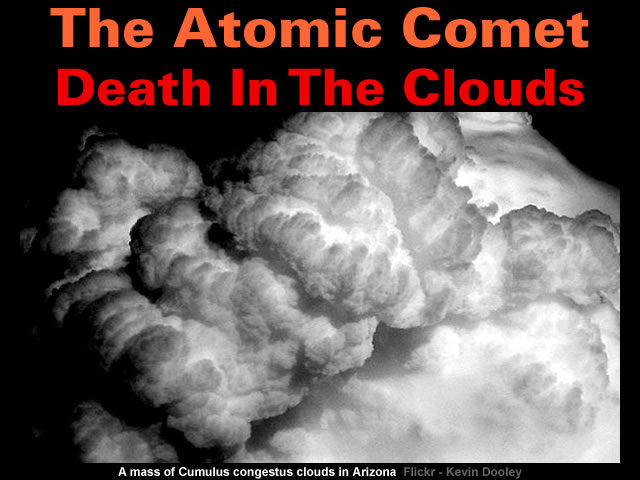

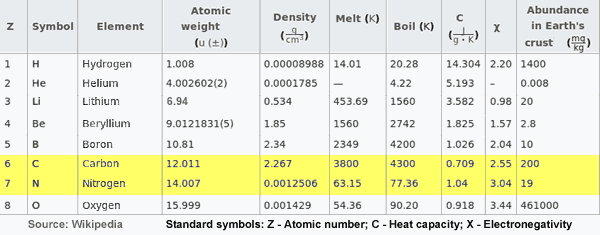
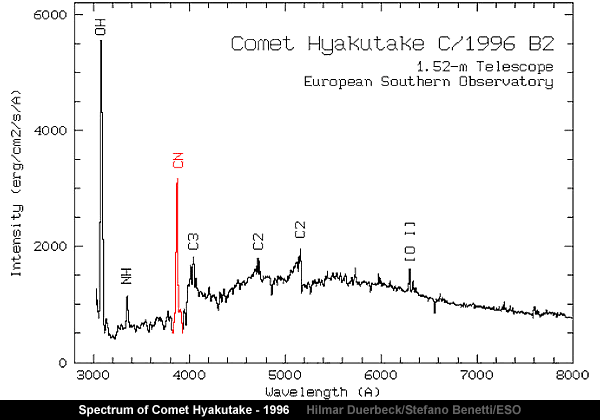
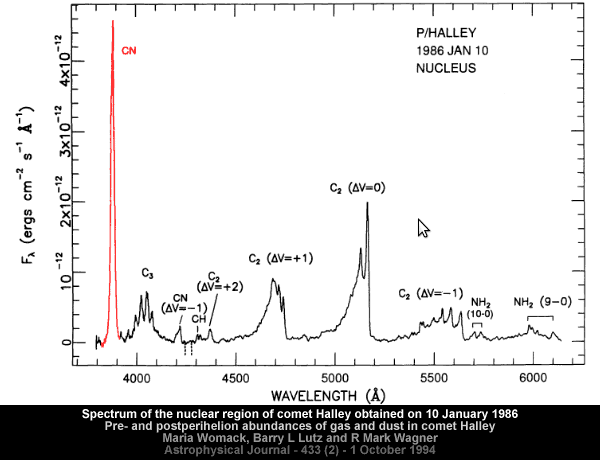
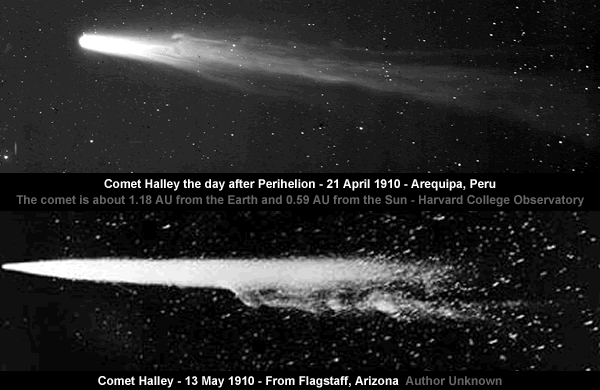



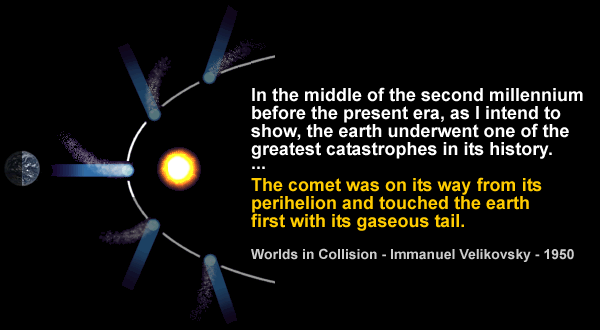
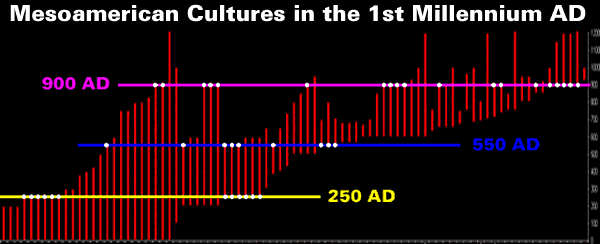
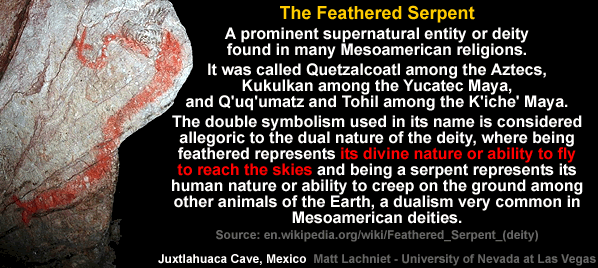

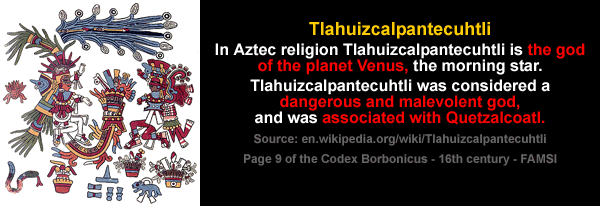
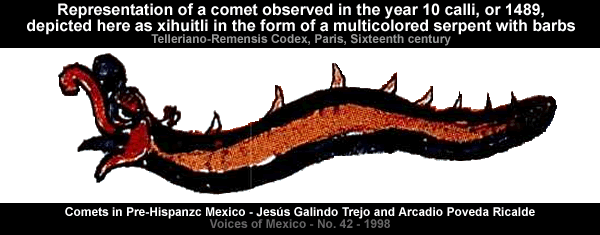
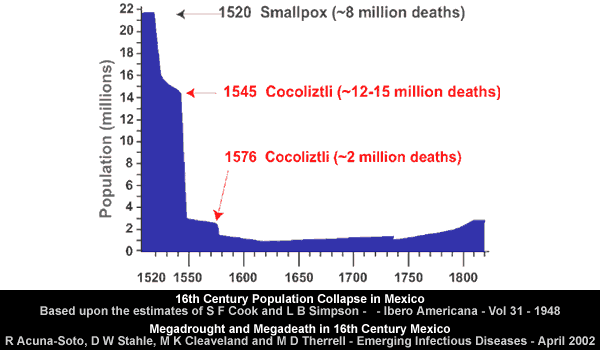
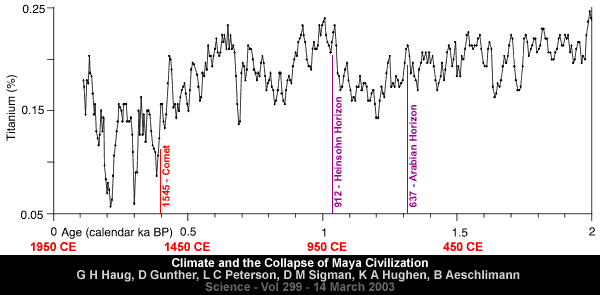
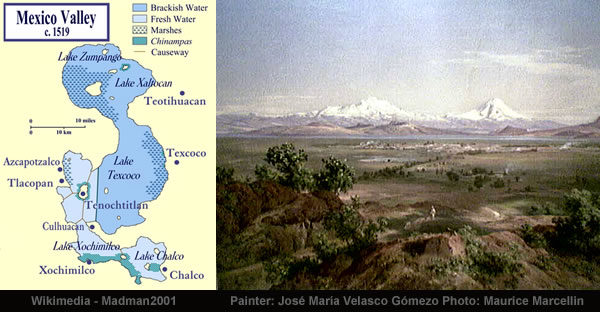
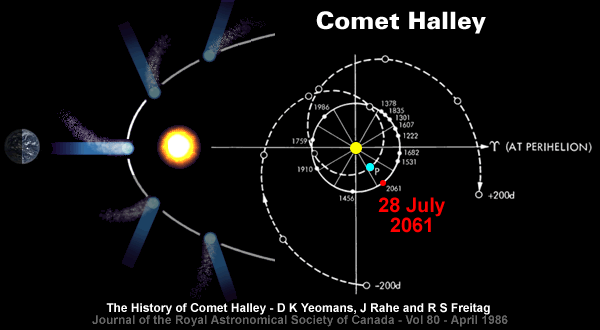
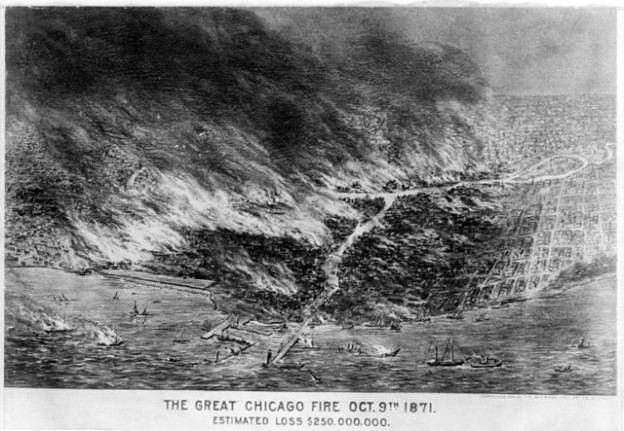



Chem Trails ! !
I knew it . . .
:-)